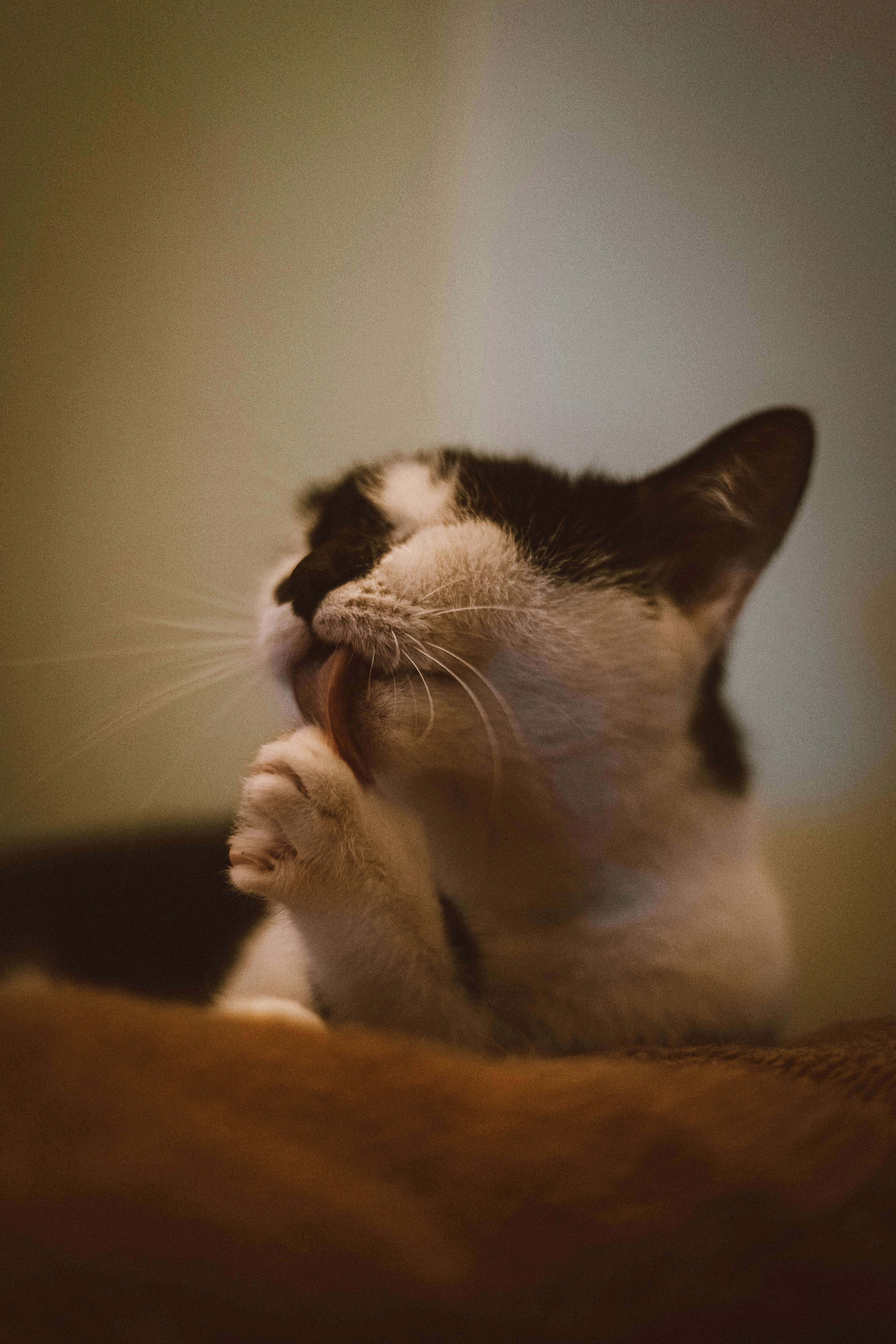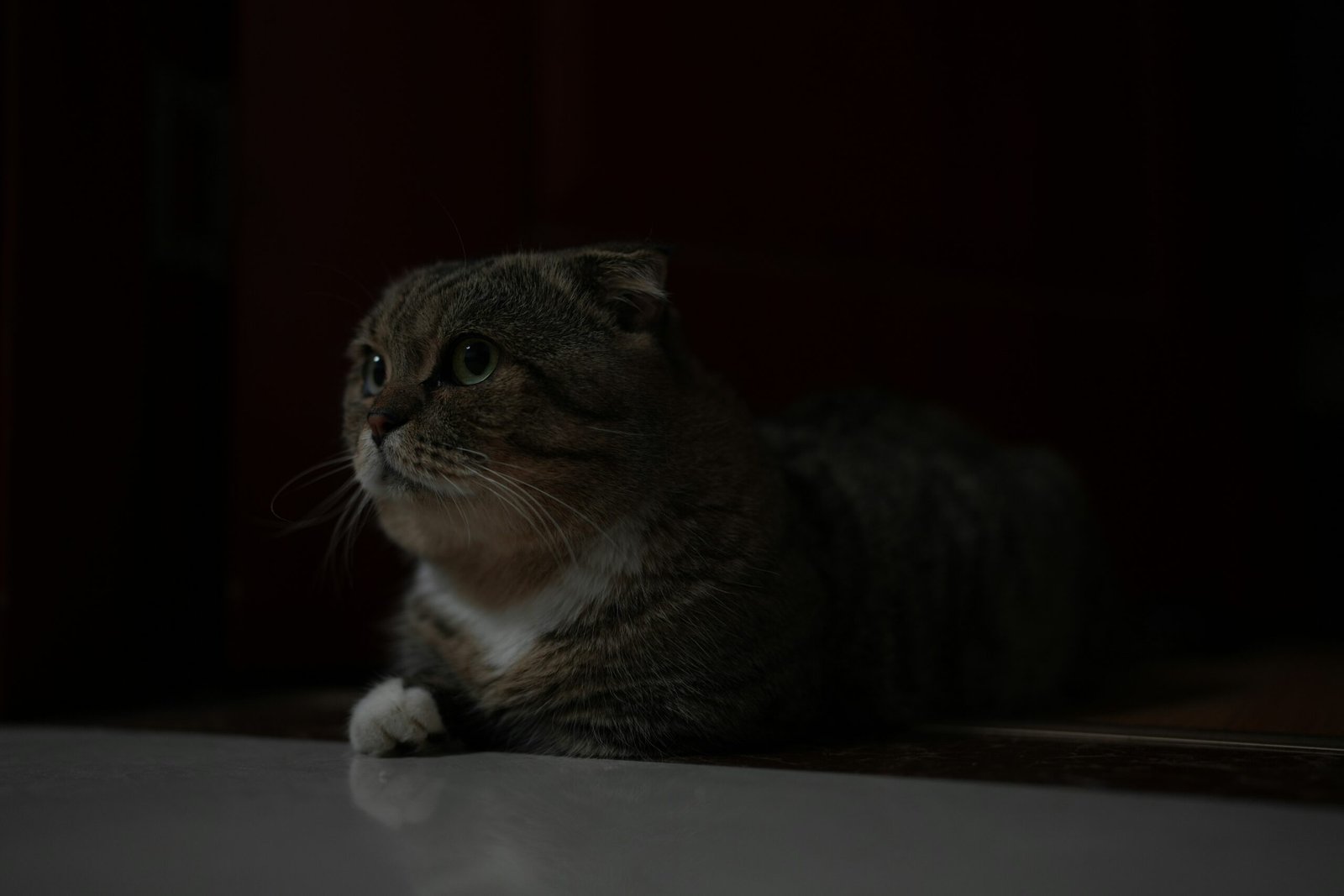Understanding Domestic Cat Behaviors: Insights and Tips for Cat Owners
أكتوبر 1, 2025 | by Admin


The Language of Meowing: What Your Cat is Trying to Tell You
Understanding the vocalizations of domestic cats is essential for any cat owner. Meowing is a primary means of communication that cats use to express their needs and emotions. Each meow can vary significantly in tone, pitch, and duration, conveying a range of messages from urgency to annoyance. For instance, a short, high-pitched meow may indicate excitement or a desire to play, while a longer, drawn-out meow might signal distress or a request for attention.
Cats often meow to get the attention of their owners, especially when they seek food, companionship, or playtime. It is common for cats to develop a unique ‘language’ with their owners, tailoring their vocalizations according to the response they receive. Therefore, recognizing these patterns can help owners respond effectively to their cats’ needs. For example, if a cat tends to meow during mealtimes, this may indicate hunger or a learned behavior where the cat has associated meowing with food being offered.
Additionally, it’s crucial to observe the context in which the meows occur. If a cat meows excessively or changes its vocalization structure suddenly, such changes may be indicative of stress or health issues. In such cases, owners are advised to consult with a veterinarian to rule out any medical concerns. Along with vocalization, paying attention to your cat’s body language, such as tail position, ear orientation, and facial expressions, will further enhance communication. The combination of vocalizations and physical cues provides a comprehensive understanding of a cat’s emotional state.
Resources from organizations like the ASPCA and International Cat Care can offer deeper insights into feline behavior and communication strategies. By developing sensitivity to these cues, cat owners can foster a stronger bond with their feline companions and better meet their needs.
Scratching: A Natural Instinct and Its Importance
Scratching is a fundamental behavior exhibited by domestic cats, deeply rooted in their natural instincts. One of the primary reasons cats engage in scratching is to mark their territory. Cats possess scent glands in their paws, and when they scratch surfaces, they leave not only visual marks but also deposit their scent, signaling ownership to other felines. This instinctual behavior plays an essential role in establishing a cat’s territory, which is particularly important for their overall well-being.
Beyond territoriality, scratching serves as an effective method for stress relief and emotional expression. Cats may scratch when they are feeling anxious or bored, as this act helps release pent-up energy and frustration. Additionally, scratching is crucial for maintaining the health of their claws. When cats scratch, they remove the outer sheath of their claws, revealing sharp, new claw material underneath, thus ensuring their claws remain healthy and functional.
As responsible cat owners, it is vital to manage and support this natural behavior rather than attempting to eliminate it. Providing appropriate scratching posts is an effective way to redirect your cat’s scratching habits away from furniture and other undesired areas. It is essential to choose robust scratching posts made from various materials, such as sisal rope or cardboard, and place them in areas where your cat frequently scratches. Introducing these posts can be facilitated by enticing your cat with catnip or interactive toys nearby, making the post a desirable spot.
Additionally, there are products available designed to protect your furniture from damage. Deterrent sprays can be applied on surfaces where scratching is unwanted, and furniture covers can offer physical barriers. For more extensive information on cat behaviors, including scratching, consider visiting the Cornell Feline Health Center, which provides authoritative guidance on understanding and caring for your feline companions.
Chasing: Unleashing the Hunter Within Your Cat
Chasing behavior is a fundamental aspect of a domestic cat’s nature, deeply rooted in their predatory ancestry. Unlike dogs, cats are solitary hunters; their instincts drive them to stalk and pounce on their prey. This behavior is not merely a remnant of their wild past; it also serves to fulfill their physical and mental health needs. Engaging in chasing activities allows cats to exercise their agility, strength, and focus, which is vital for their overall well-being.
Often, cats initiate chasing during playtime, exhibiting behaviors that mimic hunting skills. They dart after feathered toys, pounce on crumpled paper balls, or exhibit energetic leaps in pursuit of lasers. These activities are more than just playful antics; they are essential for stimulating their innate hunting instincts and promoting a healthy lifestyle. Regular engagement in chasing games can help prevent obesity and reduce behavioral issues stemming from boredom.
As a cat owner, it is important to provide stimulating and safe chasing opportunities. Interactive toys, such as laser pointers, feather wands, and motorized mice, can simulate the thrill of the hunt, encouraging your feline to chase and play. It is crucial to create an enriched environment where your cat can satisfy their predatory instincts while ensuring their safety. Incorporating climbing structures, scratch posts, and hiding spots will enhance your cat’s play experience. Furthermore, consider integrating outdoor playtime in a controlled manner, such as using a leash or a secure cat enclosure, to safely explore their surroundings.
Overall, understanding the importance of chasing behavior can significantly enhance your cat’s happiness and health. By fostering this instinct through engaging toys and a rich environment, you assist in both their physical activity and mental stimulation. To delve deeper into enhancing your cat’s environment, check out our article on cat toys and enrichment.
Hiding: Understanding Your Cat’s Need for Space
Hiding is a common behavior exhibited by domestic cats, often acting as a coping mechanism in response to various stimuli. Cats are instinctively drawn to seek out safe, secure spaces where they can retreat and regain their composure, especially during stressful events or unfamiliar circumstances. Factors such as loud noises, changes in the household dynamic, or even a visit from a new person can trigger a cat’s desire to hide. Additionally, cats may resort to their hiding spots when they are unwell, using these secluded areas as a refuge while their body recuperates.
Understanding why your cat hides is essential for any cat owner. Beyond providing a sense of safety, hiding can be a response to environmental stressors. Recognizing the signs of distress, such as changes in vocalization, appetite, or grooming habits, is vital. These behaviors can indicate that your feline friend is overwhelmed, leading them to retreat to their favorite hiding places. Cats might choose locations like under the bed, behind furniture, or within enclosed spaces, which serve as their personal sanctuaries.
To support your cat’s need for space, consider creating dedicated safe zones throughout your home. This can include cozy, secluded areas equipped with blankets or soft bedding, as well as access to boxes or cat trees that provide both height and enclosure. Ensuring that your cat has a variety of options fosters a sense of security and encourages healthy hiding behavior. Importantly, it is vital to respect your cat’s desires for solitude and avoid forcing them out of their hidden spots. This respect not only strengthens the bond between you and your pet but also fosters an environment where they feel secure and comfortable.
Research has shown that maintaining a balance of social interaction and personal space influences a cat’s overall well-being. By understanding your cat’s need for hiding, you can create a nurturing environment that caters to their instinctual behaviors, ultimately leading to a happier, healthier feline companion.
RELATED POSTS
View all


